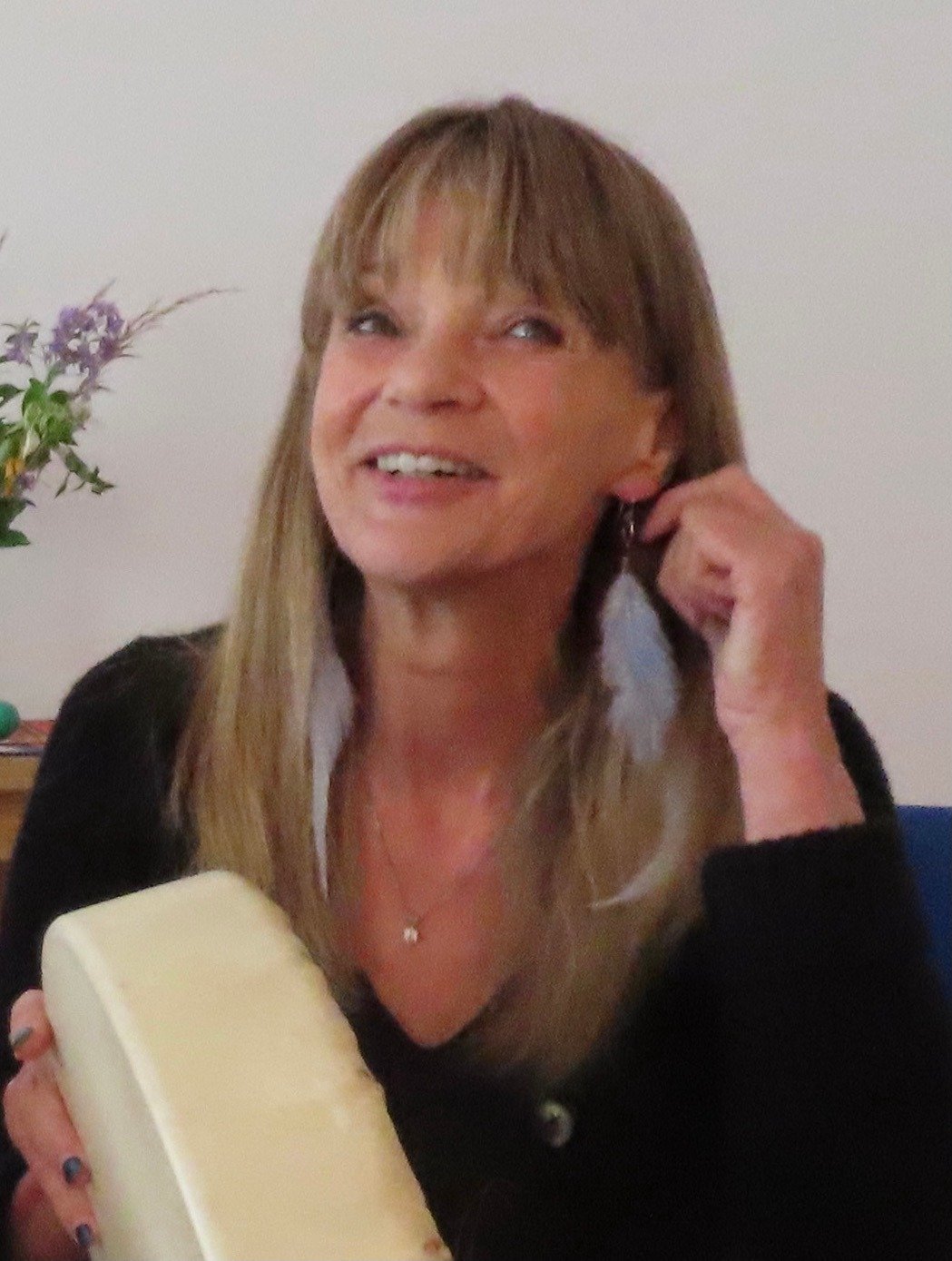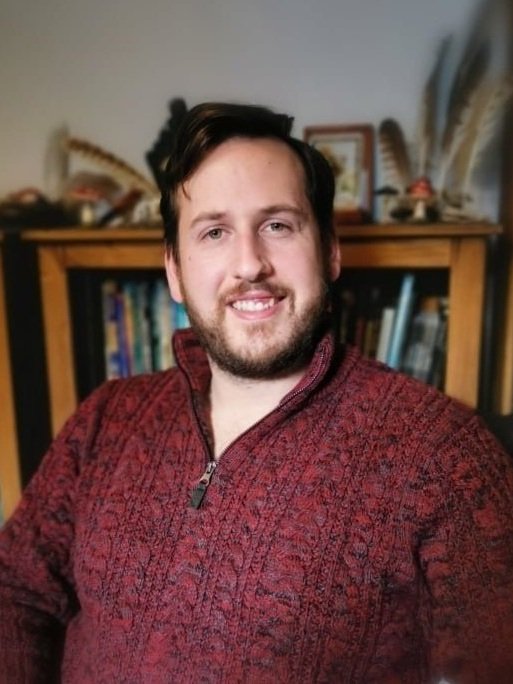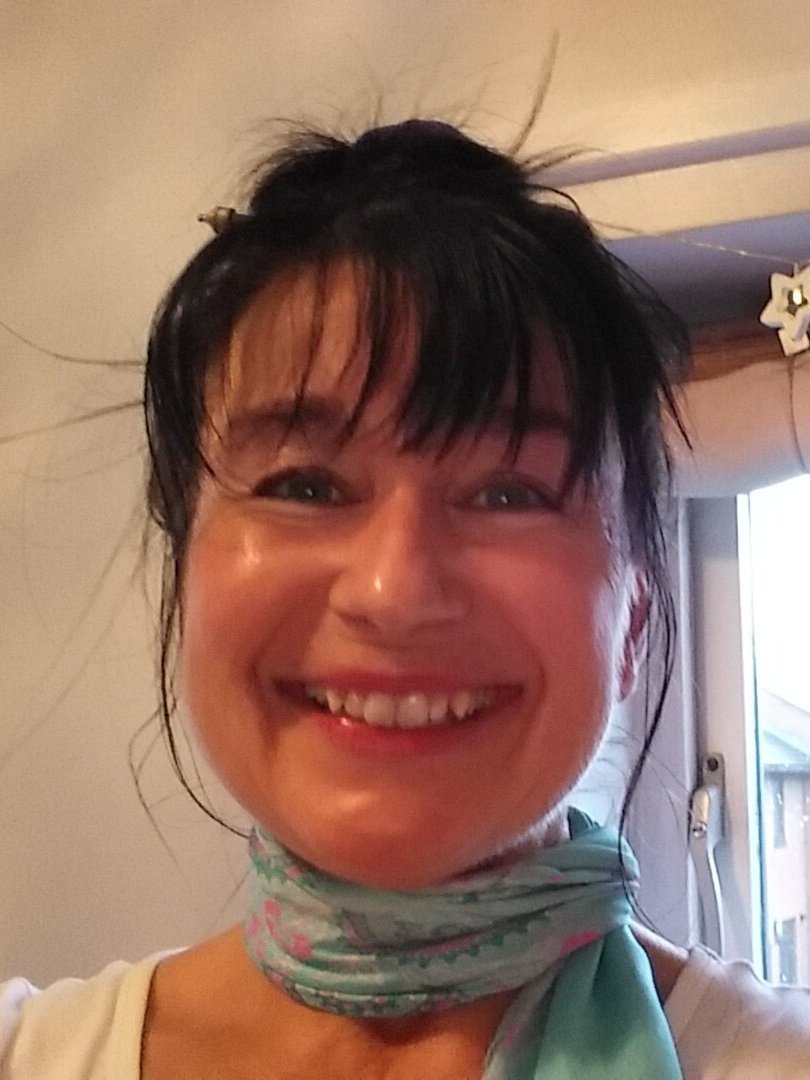Sacred Earth Activism’s Autumn Conference: The highlights
Following on from Sacred Earth Activism’s inspiring two-day online conference at the end of November, a selection of us on the steering group thought it might be valuable to share our thoughts, insights and impressions with you.
So here we go:
Christa McKinnon, co-founder of Sacred Earth Activism
My highlights
1. John Perkins, acclaimed author and founder of the Pachamama Alliance, offered much insight into the current economic situation, how the system works, suggesting that we all need to ‘get active’ in these transformational times. He offered a five-step template to help each of us discover what to do with the rest of our lives. It included understanding how this mission could help others, what fears were stopping us from embracing it and how to transform such fears into action.
2. Chief Phil Lane, hereditary chief of the Hinhan Wicasa and Deloria Tiospayes of the Ihanktonwan Dakota tribes, delighted me with his opening video calling for unity. His opening prayer and closing blessings were said with the heart, spirit and utter conviction witnessed only among indigenous people.
3. Ian Bray, Extinction Rebellion co-founder and member of XR Christian Climate Action and Peace Activist, arrested and acquitted as one of the Shell Seven activists, has obviously thought deeply about activism. His view that peace activism cannot be separated from climate activism because the global military complex is responsible for high levels of carbon production, and climate change will displace millions of people and probably lead to wars, made sense to me. He expressed what many activists at the forefront of direct action say: "I’m much more afraid of climate change than I am of arrest or going to jail and, to use some Quaker terms, I hope I’ve lived adventurously enough to speak a small amount of truth to power and that my body has stopped the wheels turning just long enough for us to be here.”
My key takeaway
Our diversity makes us strong, but we also need to find our own individual approach to ‘activism’ while at the same time uniting together to weave a web of change.
Jonathan Weekes, co-founder of Sacred Earth Activism
My highlights
1. Skeena Rathor, co-founder and strategist at Extinction Rebellion, moved and touched a lot of people when she spoke about the importance of enabling co-liberation – a process of freeing ourselves from systems in which we have learned to oppress and be oppressed - within change movements. She also talked about the individual and collective healing of traumas that is taking place in these times of change as we co-create the future together. Her presentation invited us to drop a little deeper into our hearts, and addresses how, through the act of co-liberation, we can also recover ourselves.
2. African elder, indigenous wisdom keeper and experienced social change creator Konkankoh offered insights into his amazing work, which includes healing the wounds brought about by education systems that fail to serve us. He also shared his sacred approach to honouring the Earth and bringing it to the heart of the communities he works with, particularly the youth.
3. It was inspiring to learn how different, transformative initiatives come about. These included ‘Nature’s Rights’ founder Mumta Ito’s work towards having the rights of nature recognised as an important means of transforming society; activist Shelley Ostroff’s vision and action in creating a World Water Law, and founder of the Pachamama Alliance John Perkin’s approach of “Touching the Jaguar” as a means of turning fear into action.
My key takeaway
I gained a more holistic view of what much-talked about “system change” could look like outside of the usual economic or political setting in terms of enabling a more harmonious and right relationship with the other-than-human world. The models discussed provided insight into a possible shape and form for the emerging world we wish to co-create and how we might mould the work of Sacred Earth Activism to support it.
Ali Mills, member of Sacred Earth Activism’s steering group
My highlights
1. The action taken by activists, Imogen May, Jai Waters and Miriam Stone, to protect an oak tree from destruction by the HS2 high-speed rail line was a beautiful and powerful example of the sacred being expressed in activism terms. It was so moving and inspiring to hear of the connection they felt with the tree and how their singing created such a powerful shift in the behaviour of those around them. Just magical.
2. Activist Shelley Ostroff’s talk about creating a World Water Law and Codes for a Healthy Earth resonated with me 100%. I couldn’t agree more that collectively we need to make this vision a reality asap.
3. It was a real treat to learn about the wonderful work of Ben Bowler, founder of Unity Earth, in bringing together people of diverse cultures, religions, and racial backgrounds. It was truly uplifting to hear his message that the remedy for separation and conflict is to explore each other’s religions, cultures, music and art, and to celebrate our similarities and differences equally.
My key takeaway
I was left feeling so uplifted, with my faith renewed, over how much incredible work is taking place around the world to bring about a right relationship with nature – and the fact that we truly do have all we need to bring about the changes required.
Cath Everett, content editor of Sacred Earth Activism
My highlights
1. Several ideas shared by Annie Spencer, founder of the Hartwell Centre for Shamanic and Ceremonial Ways, moved me deeply. Since time immemorial, humans have told stories by the fire and to support sacred work. Such stories are a gift not only to us, but to the fire too. This reciprocity is important and supports transformation. Before COP26, indigenous people from around the world prayed around a fire and those prayers are now in our land to help us when we feel dispirited. And when we are in a country or area that isn’t our own and find it difficult to settle, call out to the land and ask her to open up to you – it may take time, but she will.
2. I really admired Buddhist teacher and activist Satya Robyn’s gentle and quiet courage as she talked about overcoming her fears and embarrassment of sitting in meditation with and for the Earth each day for an hour in the middle of her town. A key message here was about surrendering to what was asked of her rather than questioning how or why. She ended up going with what felt right, despite her fears, even when most other people thought it was madness. Her rationale was the Earth knows better than we what we are capable of doing and her spirituality is a resource that makes it possible.
3. Chay Godfree is a change-maker and founder of CropsnotShops. His simple but incredibly effective idea is to grow organic food in any and all available local spaces, ranging from allotments and disused public land to schools. The aim is to create free-of-charge, sustainable food-sharing communities, teach people how to grow nutritious food and, ultimately, connect to nature. Inspired.
My key takeaway
We may be living through a time of much fear and confusion, but we have some amazing teachers and leaders to support us, guide us and give us strength. The conference reinforced the idea that co-creating a positive future is in our hands: we just need to listen to the wisdom that is all around us - and act on it.
All of the talks from the conference were recorded and are available on our Members area on our website. To see the talks and find out more about our Membership, click here.





